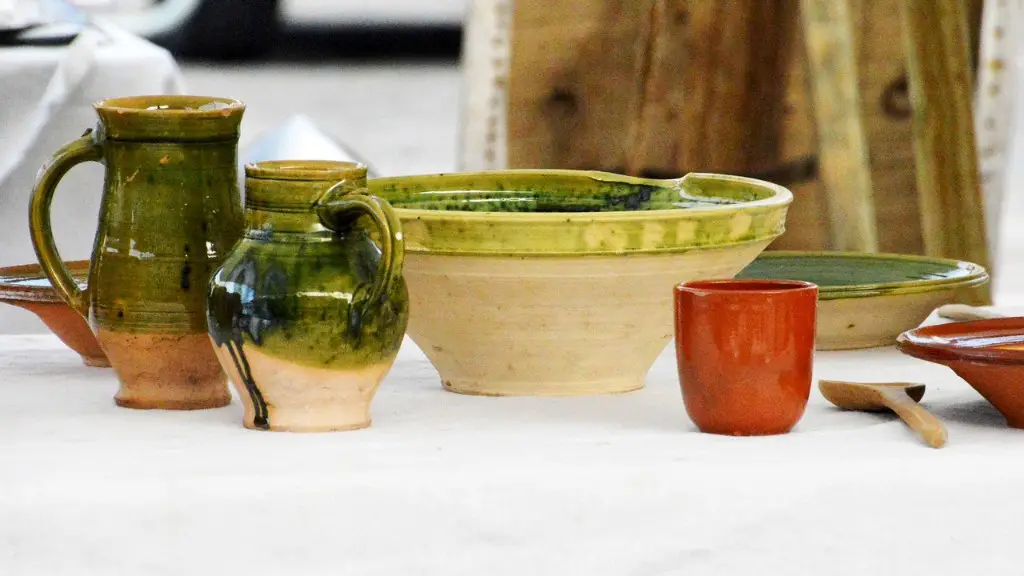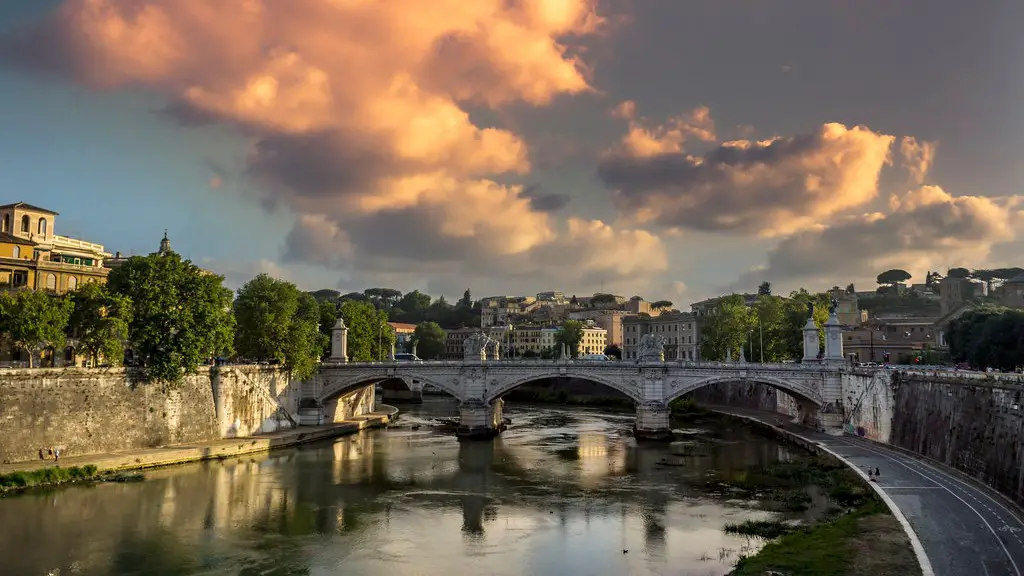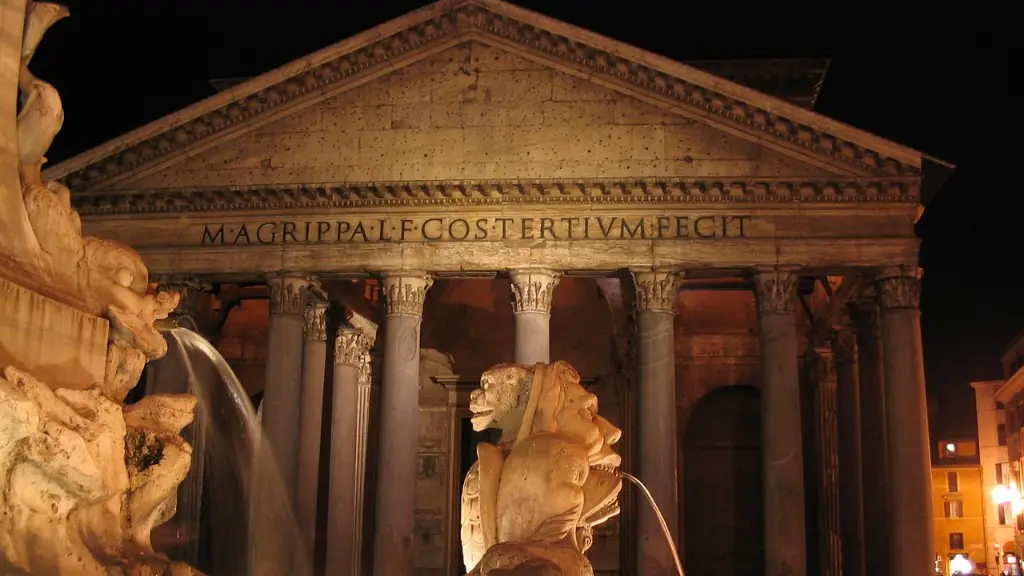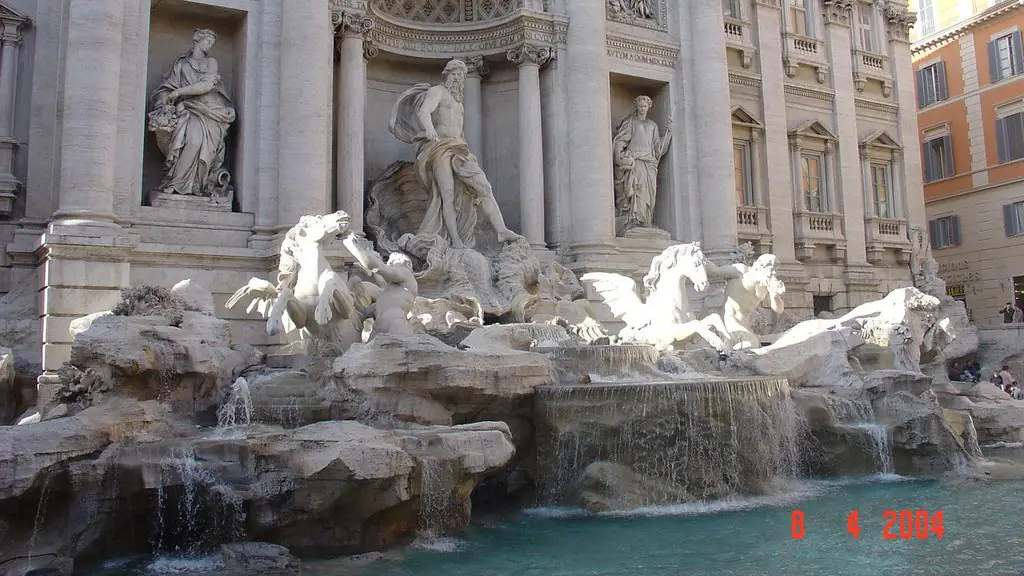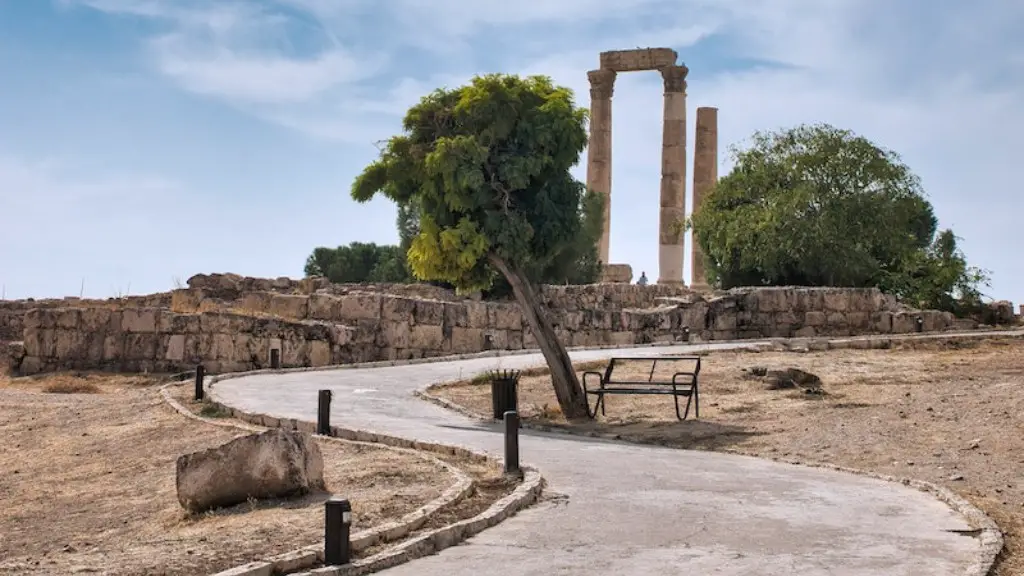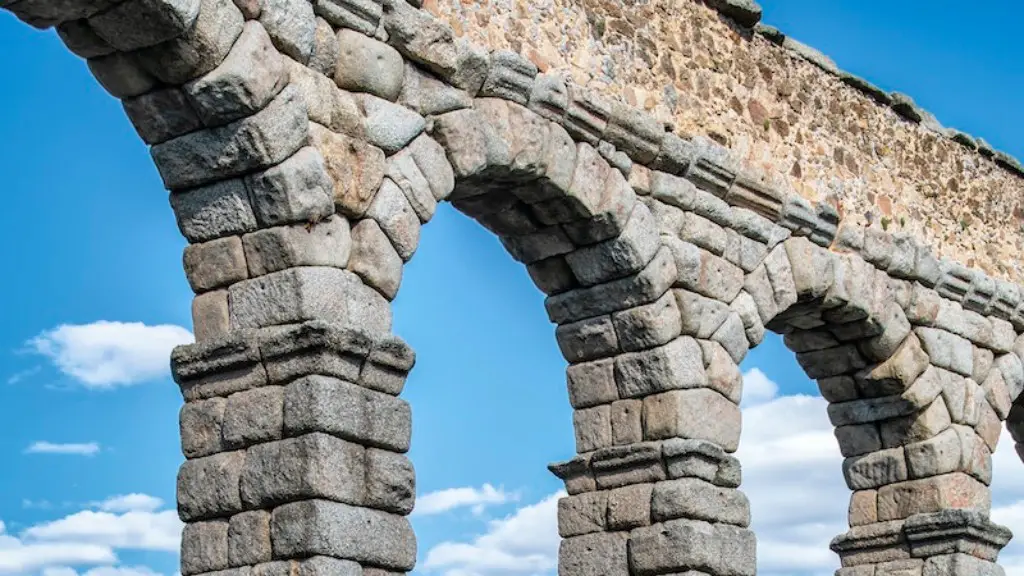Society in Ancient Rome
The society that arose in the ancient Roman civilisation was a highly stratified one. Roman society was divided into two main classes: the patricians, who were the upper class and held high governmental positions, and the plebeians, who were the ordinary citizens and labourers.
The patricians had most of the power and wealth in ancient Roman society. They held the highest offices in government and the military, controlled most of the land and wealth, and could even impose restrictions on the plebeians. In contrast, the plebeians were the lower class, having little political or economic power. They were mainly farmers, labourers, and artisans.
Women in ancient Rome were also subject to a rigid system of patriarchy. They did not have any political rights and couldn’t vote or hold office. They were expected to be obedient to their husbands and fathers and could not own property or participate in public life. However, some wealthy women had more freedom and could even own businesses.
Slaves were an integral part of the Roman economy. They were treated as property and had few rights. Most slaves worked in the households of their owners and performed manual labour. Slaves could be freed by their owners, and some even rose to positions of power.
In terms of religion, Roman society largely followed the traditional polytheistic beliefs of the ancient Greeks. The main gods were Jupiter, Juno, and Minerva, and there were numerous other gods and goddesses that were worshipped by the people. There was a strong belief in fate and the will of the gods, and rituals were performed to appease the gods and seek their favour.
Economy in Ancient Rome
The ancient Roman economy was heavily reliant on slave labour. Slaves were an important part of the economy and were used for manual labor in the fields, for household tasks, and as soldiers. Slavery was also essential to the production of goods as slaves were used to make and sell everything from pottery to wine.
Trade was very important to the Roman economy and merchants established commercial networks across the empire. Rome was also known for its economic innovation. It developed a form of public banking known as ‘traianos’ and introduced a system of coinage that was widely used throughout the Mediterranean.
Rome was also the centre of a complex agricultural system. They developed techniques and inventions such as the rotary plough and the iron-tipped shovel to improve efficiency. Roman farmers also implemented terracing, irrigation, and crop rotation. They even developed an advanced method of crop storage that allowed them to store grains for up to three years.
The Roman Empire was also an exporter of food, producing enough to export to their provinces. Rome also developed its own maritime trade routes, allowing them to import luxuries such as spices and silks from the East.
In terms of taxes, the Roman government had a system of indirect taxes known as ‘tributum’. These taxes were collected from the provinces and used to pay for public works, such as the construction of roads and aqueducts. This system allowed the Roman government to gain wealth and power.
Architecture in Ancient Rome
The architecture of ancient Rome played an important role in its rise to power. Rome was known for its impressive public buildings and monuments, most of which can still be seen today. Rome was the first civilization to construct large-scale monuments made of stone, such as the Colosseum and the Forum of Trajan. But the architecture of Rome was not limited to public buildings. Roman architechts also developed domes, arches, and vaulted ceilings to construct private homes and temples.
The engineering feats of the ancient Romans also left an impact on architecture in the modern world. The Romans developed a strong knowledge of the structure of arches, domes, and vaults, which allowed them to create large scale and long-lasting structures. This knowledge still influences modern architecture today.
Rome was also notable for its extensive use of art and sculptures in its architecture. This was often used to communicate the grandeur and power of the Roman empire. Examples of this can be seen in the marble decorations of public spaces and in the sculptures of famous Roman leaders such as Julius Caesar and Augustus.
The engineering and artistic achievements of Rome inspired generations of architects and builders, and can still be seen in the modern world. From the Pantheon in Rome to the Supreme Court in Washington, DC, the influence of the ancient Romans can be seen in the architecture of today.
Law in Ancient Rome
The law in Ancient Rome was based on the idea that all citizens were equal before the law and were subject to abiding by it. Roman law developed from a monarchy to a republic, and from a republic to an empire. The Romans developed a body of codified law known as the 12 Tables, which laid out the rights and obligations of citizens.
The law of Ancient Rome was based on custom and tradition, and also had religious influences. The Roman courts were also highly structured, with different courts dealing with different matters. Roman law was also widely influential beyond the boundaries of the Roman empire, with most countries in Europe still using aspects of Roman law today.
Roman law also had an impact on legal practices in the modern world. The concept of ‘innocent until proven guilty’ is a legacy of Roman law, and the ‘Rule of Law’ is also rooted in Roman law. Roman law also introduced concepts such as compensation for damages and the division of private and public law.
Roman law was heavily focused on property rights and contract law, and was also known for its justness and integrity. It was a system of laws that was respected and admired throughout the ancient world, and continues to influence the legal systems of today.
Culture and Art in Ancient Rome
Culture and art played an important role in the rise of the Roman Empire. The Romans were fascinated with their past and relied heavily on their mythology and legends to convey their culture and values. Much of their art and culture was rooted in their religion and was used both to commemorate gods and goddesses, and to honor members of the ruling class.
The Romans also had a strong appreciation for literature and poetry. Rome was the birthplace of Virgil, a master storyteller and poet, and his works were widely admired throughout the Roman Empire. Roman literature also included works of history and philosophy, as well as satire and drama.
Rome was also a centre for the arts, with many great painters, sculptors, and architects. Notable works include the sculptures of Marcus Aurelius and the paintings of Consuella. Music was also popular in ancient Rome, with Roman composers developing new musical forms.
The Romans were known for their love of spectacles, such as gladiator games, chariot races, and public feasts. These provided entertainment for the citizens of Rome and also served as a way to show off the power of the ruling classes.
In the centuries since the fall of the Roman Empire, much of the culture and art of ancient Rome has been lost. However, its influence can still be seen in the art and culture of today.
Impact on Modern Society
The civilization of Ancient Rome had a profound and lasting impact on the world. Many of the ideas, beliefs, and concepts that emerged from the Roman Empire still pervade modern society. From political and legal systems to art and architecture, the legacy of the Roman empire is still visible today.
The political structures that emerged in the Roman Empire continue to shape the world today. The concept of representative government, or the republic, was developed in Rome and continues to be used in many countries around the world.
The contribution of Rome to our society is also evident in its infrastructure and architecture. Roman aqueducts, amphitheatres, and even roads are still in use today, and many of the engineering feats that the Romans employed are still relevant to modern society.
Finally, the ideas and beliefs of Ancient Rome, such as those related to justice, honour, and piety, still resonate in our society today. This can be seen in modern concepts such as justice, democracy, and the rule of law.
From culture and arts to architecture, engineering, and politics, the civilisation of Ancient Rome has had an immeasurable impact on modern society. Its legacy is evident in many aspects of our lives, and its influence is still visible in the world today.
